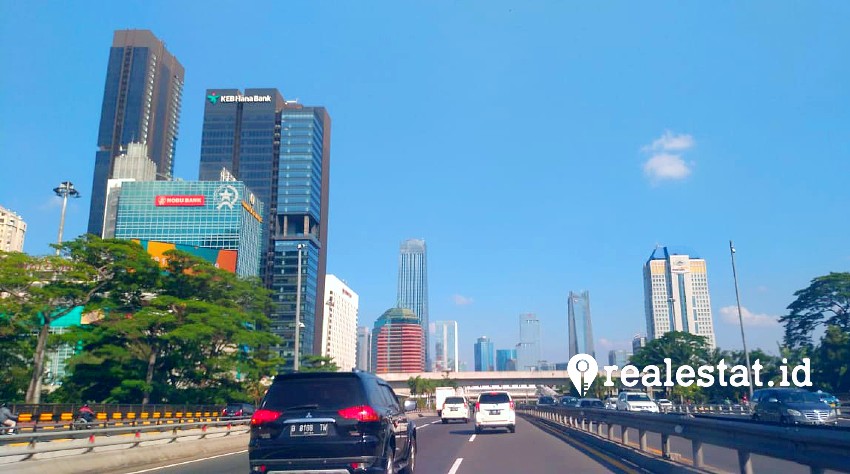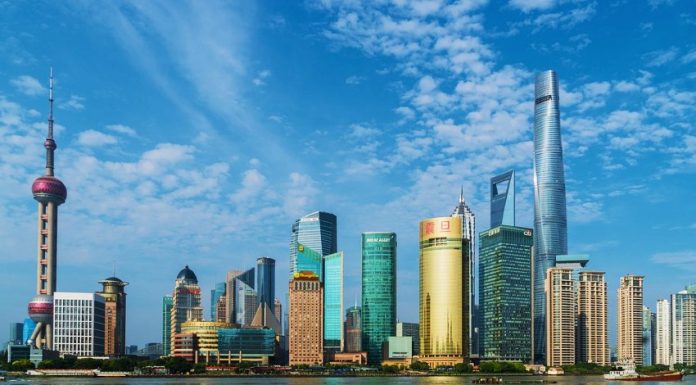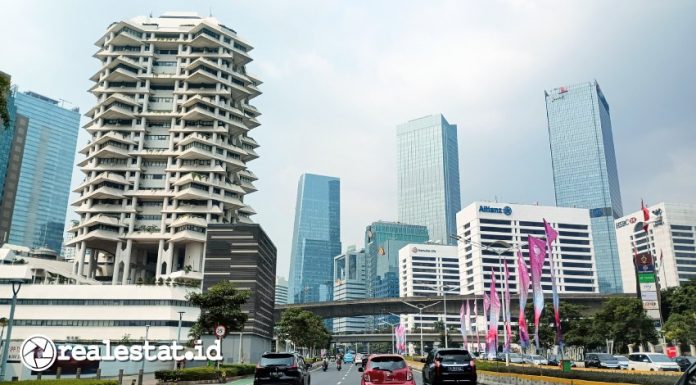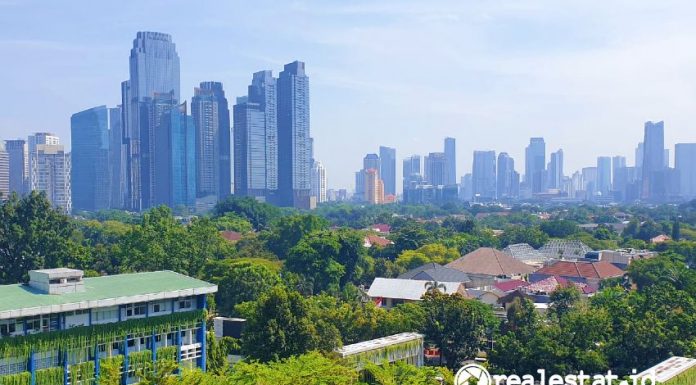RealEstat.id (Jakarta) - Colliers International released its The Future of the Office Space Report. This report examines four key issues central to the office sector’s future in the context of nine core APAC Grade A office markets: COVID-19’s effect on office fundamentals; the new office space; the evolution of flexible workspace; and investor sentiment in uncertain times.
Andrew Haskins, Executive Director, Research, Asia, at Colliers explained, demand already seems to be picking up in China. Demand should stay firm in Bangalore, the city with APAC’s highest long-run growth prospects and a major technology centre.
"We are optimistic about a medium-term recovery in absorption in Singapore, which is increasingly emerging as Asia’s most popular tenant location, while in Hong Kong SAR local and mainland Chinese demand should offset possible lower demand from multinational groups. Continued firm corporate interest in Tokyo should support growth there, despite greater signs of remote working in the technology sector than elsewhere,” said Andrew Haskins.
Read More: Explore Workplace and Operational Efficiency in the Age of COVID-19
Sam Harvey-Jones, Managing Director, Occupier Services, Asia, commented, the office will retain a key role in corporate real estate strategy, but Colliers expect that some firms will shift to a more diverse and employee choice-based real estate strategy.
"This may include remote working, flexible workspace and a hub-and-spoke model where the tenant retains its CBD headquarters, perhaps with a reduced footprint, coupled with suburban satellite offices,” he said.
Bagus Adikusumo, Head of Office Services for Colliers International Indonesia commented, as the Jakarta office market continues to be oversupplied, it is a good time for occupiers to secure good leasing transactions in the market. On the other hand, landlords should focus more on improving building occupancy to minimise the additional funds needed to cover operating costs.
"At the same time, providing flexible rent, and other incentives, is necessary to improve occupancy rates, as future office demand will be further reduced with many companies seriously considering applying Work from Home (WFH) and the flexible workplace concept, hence less office space will be needed,” Bagus Adikusumo added.
Doug Henry, Managing Director, Occupier Services, Australia explained, Singapore, Bangalore, Melbourne CBD and Auckland should lead rental recovery with rents likely to increase by about 2-3% on average per annum for the next four years.
"During a recession, it is common to see a ‘flight to quality,’ as tenants are often able to upgrade their office accommodation with limited impact on the bottom line. This trend could bode well for Grade A occupancy,” he said.
Read More: Luxury Apartment Trends in Jakarta
John Marasco, Managing Director, Capital Markets & Investment Services, Australia & New Zealand, commented: “For the immediate future, it seems that there will be a bifurcated approach in investor strategy involving either core, low-risk assets, or opportunistic purchases of discounted distressed properties. On the positive side, we anticipate a low-interest environment through the end of next year.”
Terence Tang, Managing Director, Capital Markets & Investment Services, Asia mentioned, investors should consider looking past traditional CBDs to decentralised districts and business parks, with the changing definition of ‘core’ as well as consider tactical partnerships with flexible operators to attract and retain tenants by extending services and offerings.
"This argues for a more versatile approach, such as considering new management and leasing structures rather than holding out for buildings occupied in the traditional way by corporate anchor tenants,” Terence Tang added.
Density and Location
In recent years, occupiers have targeted higher office density, with lower floor space per worker, greater shared office space and consolidation of functions in central headquarters.
The trend to higher density has boosted economies of scale, but it cannot continue considering COVID-19. Looking ahead, Colliers expects most occupiers to adhere to standard social distancing guidelines, with a distance of at least 1.5 metres between staff.
Read More: Indonesia: The Fifth Most Cost Competitive Manufacturing Hub in The World
On the other hand, Colliers does not expect the traditional CBD to lose importance in those cities that have dense urban centres and rely on mass public transport (at least after COVID-19 is under control). While the need for social distancing and a rise in teleworking will have some impact, the critical mass of businesses in these CBDs should ensure that they can adapt.
However, Colliers anticipates greater interest in suburban office locations from now on. For example, there is continued interest in suburbs of Bangalore that offer ample quality space for occupiers to expand.
Flexible Workspace
As offices reopen after the COVID-19 crisis, Colliers expects firms to adopt a more diverse real estate strategy stressing employee choice. This may well involve a combination of retaining headquarters in the CBD, perhaps at a reduced footprint, coupled with suburban hubs, flexible space and remote working.
The global work-from-home experience has shown that remote working is here to stay in some capacity; both employees and their managers see the benefits. However, home working will complement office work, not replace it. Physical offices will remain as an anchor and key to promotion of corporate culture and mission.
Read More: Adjusting Property Investment and Property Development During The Pandemic
Meanwhile, flexible workspace operators are already focusing on reducing the density of their workspaces, with many cutting the capacity of work areas by as much as 50%. Enterprise interest in flexible office space should rise as firms seek shorter-term commitments as a way to rationalise their operations.
This presents a chance to attract such clients for the longer term. Flexible workspace represents an opportunity for occupiers to adopt creative models such as flex & core and reverse flex. The ability of flexible workspace operators to offer a network of local and national alternative office solutions, and not fixed-point solutions as in a traditional tenant-landlord arrangement, will create more flexibility for those seeking greater ease of access and exit offerings.
Read More: Riyadh Group Indonesia and ICHC to Develop Halal Tourism Industry in Indonesia
Colliers noted, offices in the CBD with an excellent location, accessibility and connectivity will continue to enjoy stable occupancy, making them a defensive core asset. However, office assets in decentralised areas and business parks may prove more attractive, since these districts are likely to benefit from demand for partial relocation to cheaper areas and satellite offices.
Looking ahead, investors are expected to assign a premium to buildings with very high standards of hygiene and sanitation and wellness certifications. This implies that demand will remain firmest for prime grade office space, as while secondary office space is cheaper, it is also considerably less conducive to high safety and productivity.








